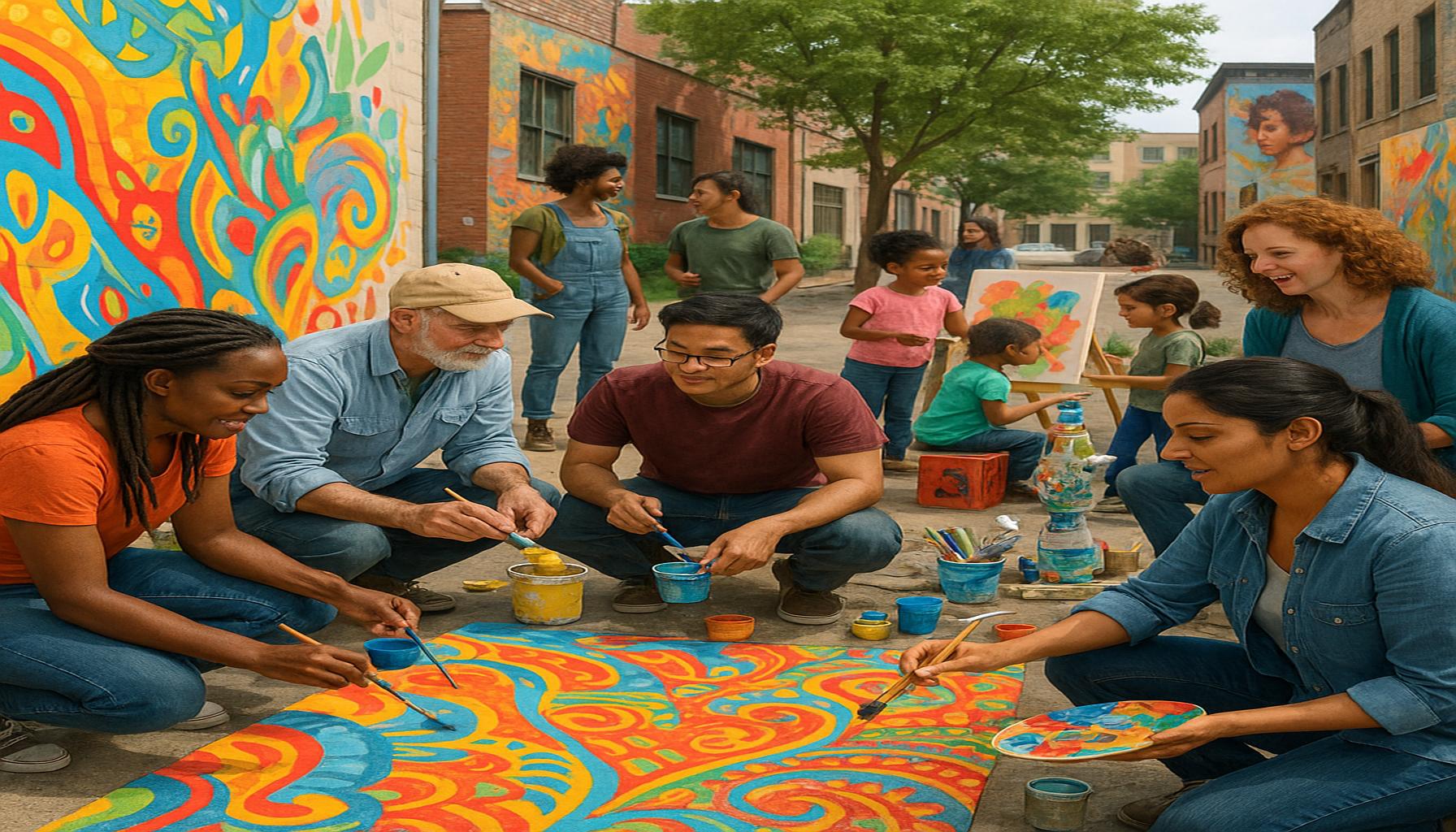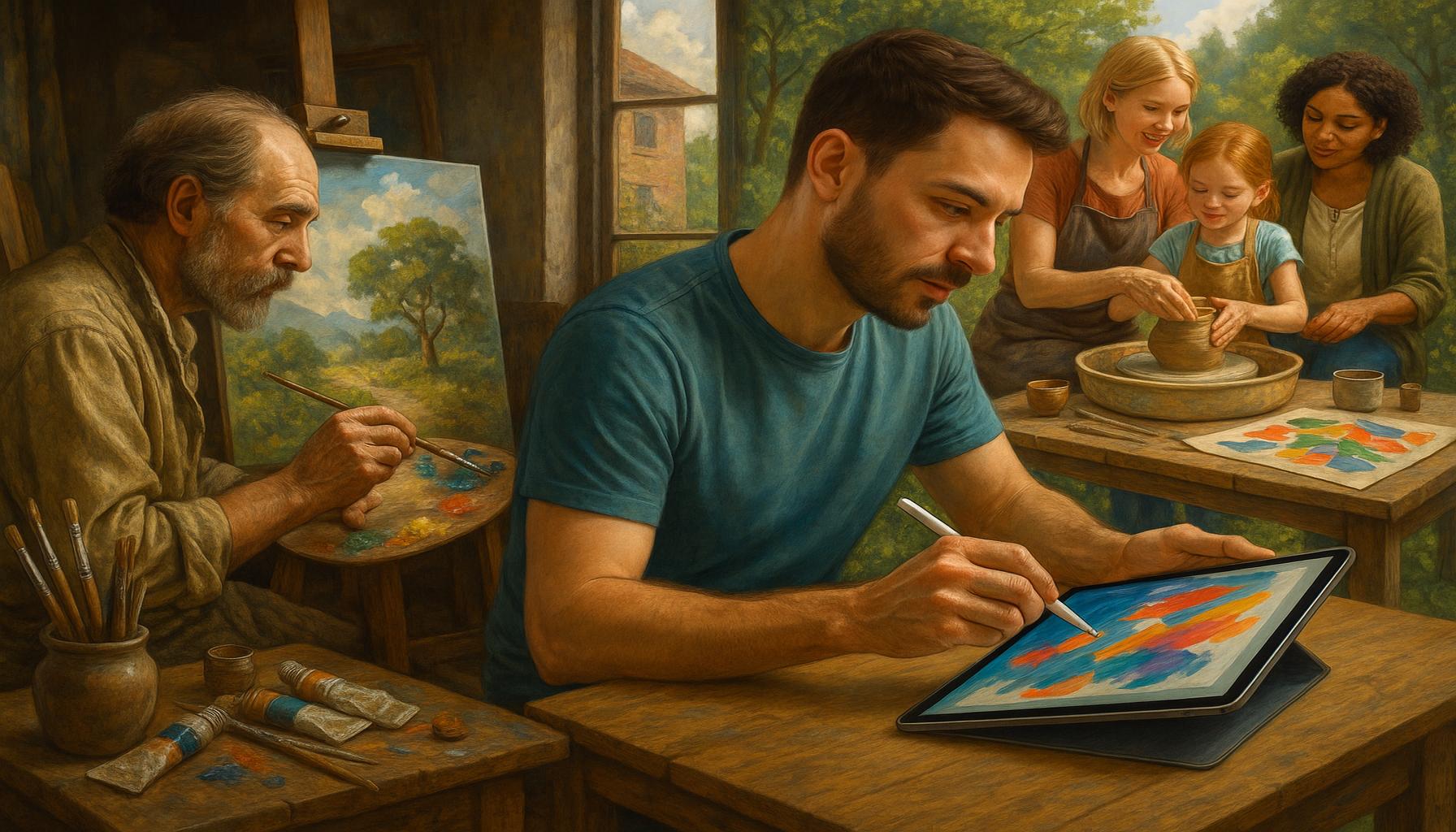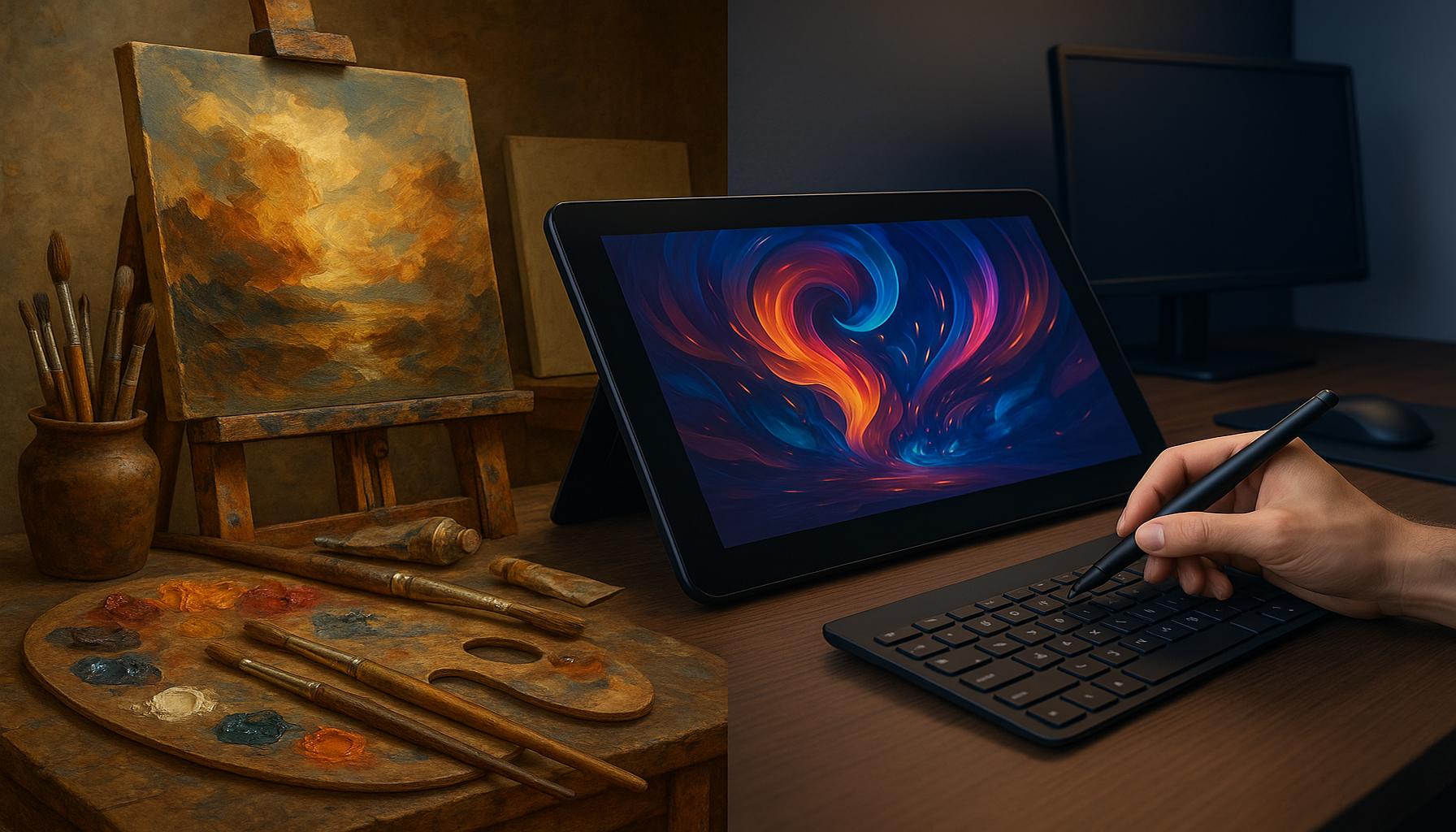Discover Home Painting Creative Hobby Tips for Beginners
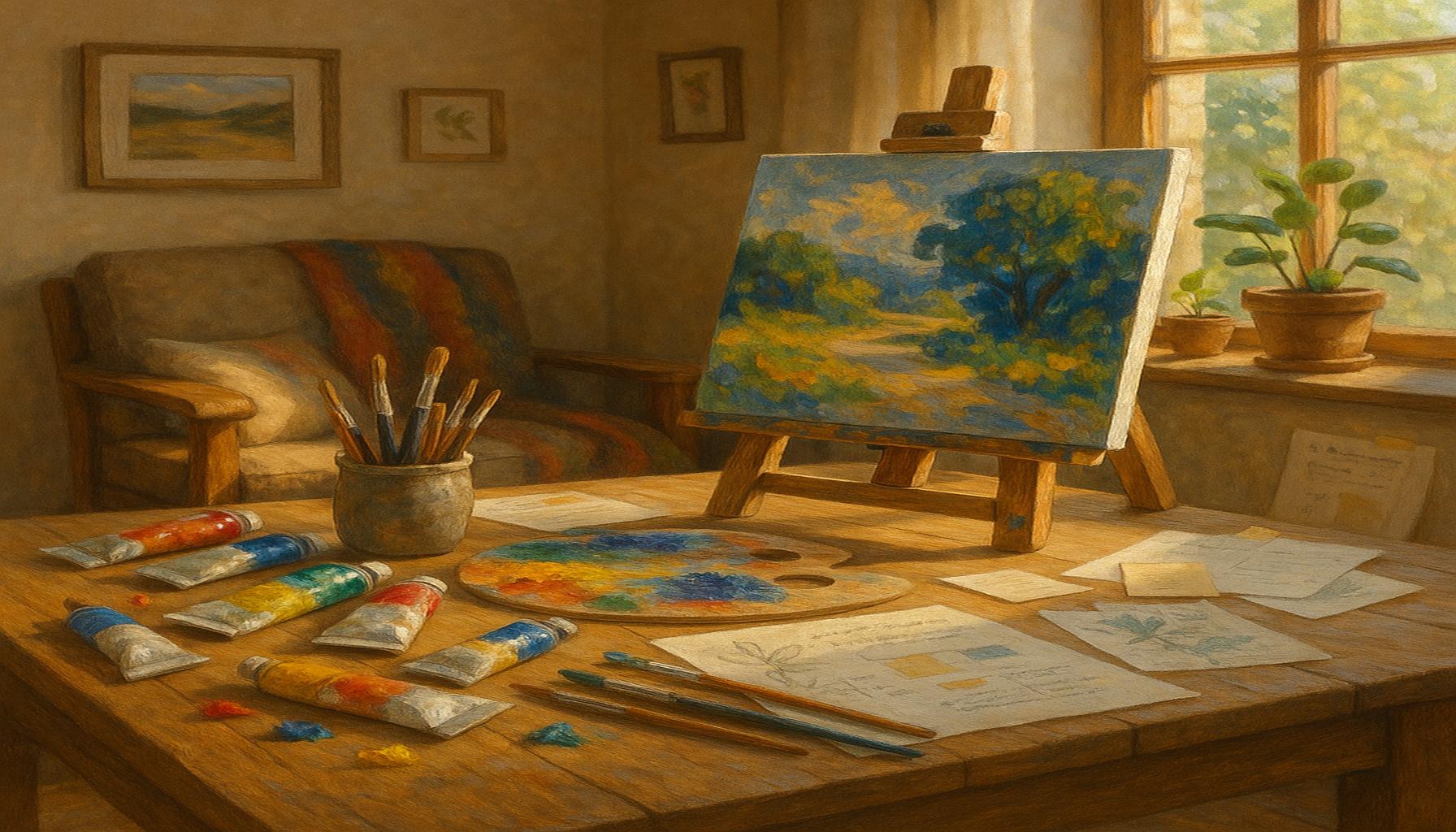
Introduction
The world of creative hobbies offers countless avenues for self-expression and relaxation, with home painting standing out as a popular choice among enthusiasts. As more people seek fulfilling activities to engage in at home, painting has emerged as an accessible and rewarding option. This not only allows individuals to explore their artistic side but also provides a therapeutic escape from the stresses of daily life.
For beginners, entering this vibrant realm can be both exciting and daunting. Understanding where to start is crucial, and having the right guidance can make all the difference. In this article, we will uncover the Top 5 tips for novice painters, ensuring your journey into the world of home painting is both enjoyable and fruitful.
- Essential tools and materials
- Finding your style
- Choosing the right space
- Techniques for practice
- Inspirational resources
Prepare to dive into a transformative experience as we explore these tips, helping you unleash your creativity and develop your unique painter’s voice.
Top 5: Exploring the Art of Painting at Home – Tips for Beginners in Creative Hobbies
Painting can be a fulfilling and exciting creative hobby, offering you an outlet to express emotions, relieve stress, and discover your artistic talents. In this engaging guide, we present a ranked list of five essential tips that will help you dive into the world of painting at home. Whether you’re picking up a brush for the first time or seeking to refine your skills, these tips will equip you with valuable insights.
5. Start with the Right Supplies
Before you even contemplate putting paint to canvas, you need to ensure you’ve got the right supplies at your disposal. While the world of art might suggest fancy tools are mandatory, starting simple can be the key to your creative journey. Beginning with basic supplies allows you to focus on understanding the fundamentals of painting without being overwhelmed by unnecessary options.
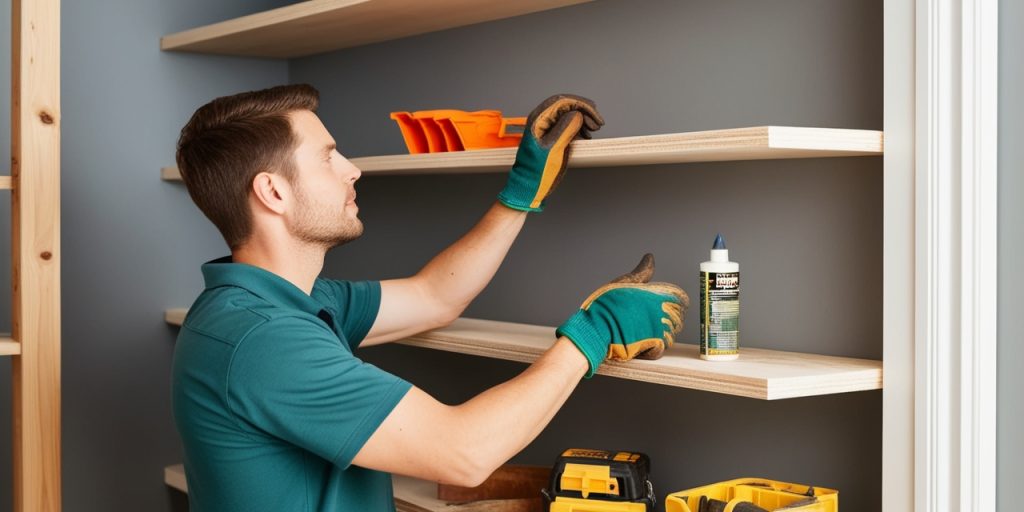
Here’s a brief rundown of essential items to consider:
- Acrylic Paints: Ideal for beginners, acrylics dry quickly, are versatile, and easy to clean. They can be used thickly, like oil paints, or thinned for a watercolor effect, offering flexibility as you explore different styles.
- Brushes: Invest in a few different sizes and types. Round brushes provide versatility for both detail work and broad strokes, while flat brushes work great for bold, sweeping movements.
- Canvas or Paper: Experiment with different textural surfaces. Affordable canvas boards or heavyweight paper can offer different resistances and feedback, altering the texture of your finished piece.
- Palette: A flat surface where you can mix paints is critical, and a simple plastic palette is sufficient. Alternatively, you can use a piece of heavy glass or a disposable palette paper.
- Rags or Paper Towels: Keeping your brushes clean and your workspace tidy is essential. These will help you better manage your media and correct mistakes as they happen.
Equipped with the right supplies, you’re laying a solid foundation for your painting adventures, ensuring that you can focus on developing technique and creativity.
4. Explore Different Techniques
Painting offers a plethora of techniques that can enhance your creativity. From brush strokes to blending, understanding various methods will allow you to find your unique style. Beginners should explore techniques like:
- Wet-on-Wet: Apply wet paint over wet paint for a softer, blended look. This technique is heavily utilized in landscapes and portraits where you seek smooth transitions.
- Dry Brushing: Use a dry brush to create texture and highlight areas, adding details like grass, hair, or fur with a sense of liveliness.
- Sgraffito: By scratching into layers of paint, you can reveal underlying hues, adding depth and interest to a piece. This technique is excellent for showing character and movement.
As you practice, experimenting with these techniques not only builds your skills but also cultivates your unique artistic voice. Mastering various techniques provides more tools in your artistic arsenal, allowing for greater expression and sophistication in your works.
3. Engage with Online Tutorials
In today’s digital age, a wealth of resources is just a click away. Engaging with online painting tutorials can greatly enhance your learning curve. Websites, YouTube channels, and social media platforms offer countless video tutorials that cover everything from basic skills to advanced techniques. These resources can democratize learning, making high-quality art education accessible to everyone.
Look for tutorial series that provide:
- Guided practice sessions: Step-by-step demonstrations can simplify complicated processes and give you the confidence to tackle more complex projects.
- Creative challenges: Participate in challenges that push your boundaries. These can be excellent for breaking out of creative ruts and discovering new styles.
- Live streams: Engage and ask questions during live painting sessions for a more personalized experience. The interaction allows for immediate feedback and creates a community of learners.
Utilizing these resources not only helps you grasp fundamental concepts but can also keep you motivated, seeing progress over time and staying inspired by the work of others.
2. Embrace Mistakes and Experiment
Art is fundamentally about exploration; it is important to remember that mistakes are part of the process. Embracing your errors can lead to unexpected discoveries. Each brush stroke comes with a lesson, and approaching your work with a playful attitude will foster significant growth.
To help you embrace this mindset:
- Set no expectations: Create art for the joy of creation, not for perfection. Let your intuition guide your brush, and enjoy the process of bringing ideas to life.
- Create a series: Focus on a theme or a series of pieces to encourage experimentation. This approach will help you develop cohesive thoughts and refine techniques across several pieces.
- Join a painting group: Share your work with fellow artists for constructive feedback. Interacting with peers can provide new perspectives and encouragement to keep improving.
This open-mindedness not only builds confidence but greatly enriches your painting journey, allowing you to see each piece as a stepping stone towards your overall artistic development.
1. Make Time for Your Hobby
At the top of our list is the importance of dedicating time to your painting hobby. Consistency helps to develop your skills and keep the creative juices flowing. Set aside regular times during the week specifically for painting and treat it as a necessary commitment rather than a luxury. Just as with any skill, practice is vital to improvement.
Here are some suggestions to help carve out time:
- Schedule sessions: Allocate specific times in your calendar as you would for any other obligation, protecting those slots from intrusion.
- Set achievable goals: Define what you aim to accomplish in each session, such as creating studies, practicing a new technique, or completing a part of a larger project.
- Create a dedicated space: If possible, organize a small area specifically for your art. A consistent workspace can save time in setup and mentally prepare you to focus.
By prioritizing and scheduling regular time for your hobby, you create a routine that nurtures creativity, allowing you to progressively hone your craft. With persistence and passion, you’ll witness your growth over time, turning painting from a casual interest into a rewarding lifelong endeavor.
As we delve deeper into the world of painting, particularly for beginners embracing this creative hobby at home, it’s essential to explore various aspects that can enhance your experience. The journey of painting is not only about the end product but also about the process, the learning, and the joy it brings. Here, we aim to detail key components that can aid in refining your skills and cultivating an enriching environment.
| Category | Key Features | Advantages | Disadvantages | Ideal Participants |
|---|---|---|---|---|
| Art Supplies | Brushes, paints, canvases, palettes, and easels. | Quality tools enhance the painting experience and final outcomes, allowing artists to explore different techniques. | Cost can be a barrier for beginners; however, investing in essential supplies can elevate the art journey. | Beginners looking for quality in their endeavors will find investing in decent supplies beneficial. |
| Learning Resources | Online tutorials, books, and workshops. | Access to diverse techniques through various mediums and formats, which helps accommodate different learning styles. | Not all resources cater to all skill levels; some may find specific resources difficult to understand. | Individuals eager to learn and improve their painting skills can benefit greatly from these resources. |
| Painting Techniques | Acrylic pouring, water coloring, oil painting, and mixed media. | Discovering various styles allows beginners to find their personal artistic voice and experiment creatively. | Some techniques may require more practice and patience, potentially leading to frustration. | Creative individuals interested in exploring what fits their style will enjoy the plethora of options. |
| Artistic Community | Online forums, social media groups, local art classes. | Being part of a community fosters support and motivation, aiding in personal growth and skill development. | Some may feel intimidated by the talent within communities, which could hinder their confidence. | Artists at any level looking for inspiration and camaraderie will thrive in a supportive environment. |
Engaging in these categories enhances not only the skills of a beginner but also the overall painting experience. With each brush stroke, there lies an opportunity to explore new realms of creativity, transforming simple ideas into elegant masterpieces right from the comfort of home.
Frequently Asked Questions About Exploring the Art of Painting at Home
What basic materials do I need to start painting at home?
Starting your painting journey doesn’t require a fortune. As a beginner, you can start with acrylic paints as they’re versatile and easy to clean. You’ll also need a selection of brushes in various sizes, a palette for mixing colors, and canvas boards or paper designed for acrylics. Don’t forget essentials like a cup for water and a rag or paper towels for cleaning your brushes. These basic supplies are enough to get you going without overwhelming your budget.
Do I need formal training to improve my painting skills?
While formal training can provide a foundation, many successful artists are self-taught. Regular practice and exploring tutorials online or enrolling in local workshops can significantly enhance your skills. The key is to experiment with different techniques and to learn from each stroke. Remember that every mistake is an opportunity to learn and grow as an artist.
How can I find inspiration for my painting projects?
Inspiration can be drawn from numerous sources—you could explore nature, study the works of past masters, or even observe everyday life. Exploring different art styles and joining online communities can also spark fresh ideas. Keep a sketchbook handy to jot down ideas as they come to you, ensuring that you’re ready whenever inspiration strikes.
What is the best way to develop my own painting style?
Developing a unique style takes time and experimentation. Start by mastering basic techniques and then gradually push the boundaries by incorporating aspects of styles you admire. The journey involves a lot of personal exploration and observing how different elements come together on the canvas. Over time, your personal preferences will begin to shape your distinct artistic voice.
How can I overcome the fear of making mistakes in my artwork?
Fear of mistakes is common among budding artists, but it’s crucial to view each error as a learning opportunity. Start by setting aside a practice canvas where you can experiment without pressure. Embrace the imperfections as they often lead to new discoveries and techniques. Remember, art is about expression, not perfection.
Conclusion: Embracing the Artistic Journey at Home
Exploring the art of painting at home offers a unique opportunity for beginners to immerse themselves in a world of creativity and self-expression. As discussed, there are several key aspects to consider when embarking on this journey. These include understanding the basic essentials, choosing the appropriate materials, and setting up a comfortable workspace. By embracing these elements, aspiring artists can cultivate a rewarding hobby that enriches both mind and spirit.
The importance of this topic lies in its ability to transform everyday life into a canvas of possibilities. Painting not only provides a channel for creativity but also promotes relaxation, mindfulness, and personal growth. By engaging in this hobby, individuals can discover newfound passions and develop skills that may remain with them for a lifetime.
Throughout the article, we highlighted some crucial points. Firstly, beginning with the right mindset and a willingness to experiment is essential. Secondly, selecting suitable paints and brushes can greatly affect the experience. Thirdly, dedicating a special place in your home for painting can foster creativity and provide solace from daily routines. Next, embracing various techniques and styles will enhance your artistic repertoire. Lastly, overcoming self-doubt by focusing on enjoyment and learning rather than perfection is vital.
In summary, exploring painting at home is a fulfilling venture that encourages exploration and self-discovery. With countless resources and inspiration available, there’s never been a better time to embark on this creative hobby. Whether you aim to refine your skills or simply enjoy the process, painting at home opens doors to endless artistic adventures. Embark on this journey today, and let your imagination flow onto the canvas of your life.
